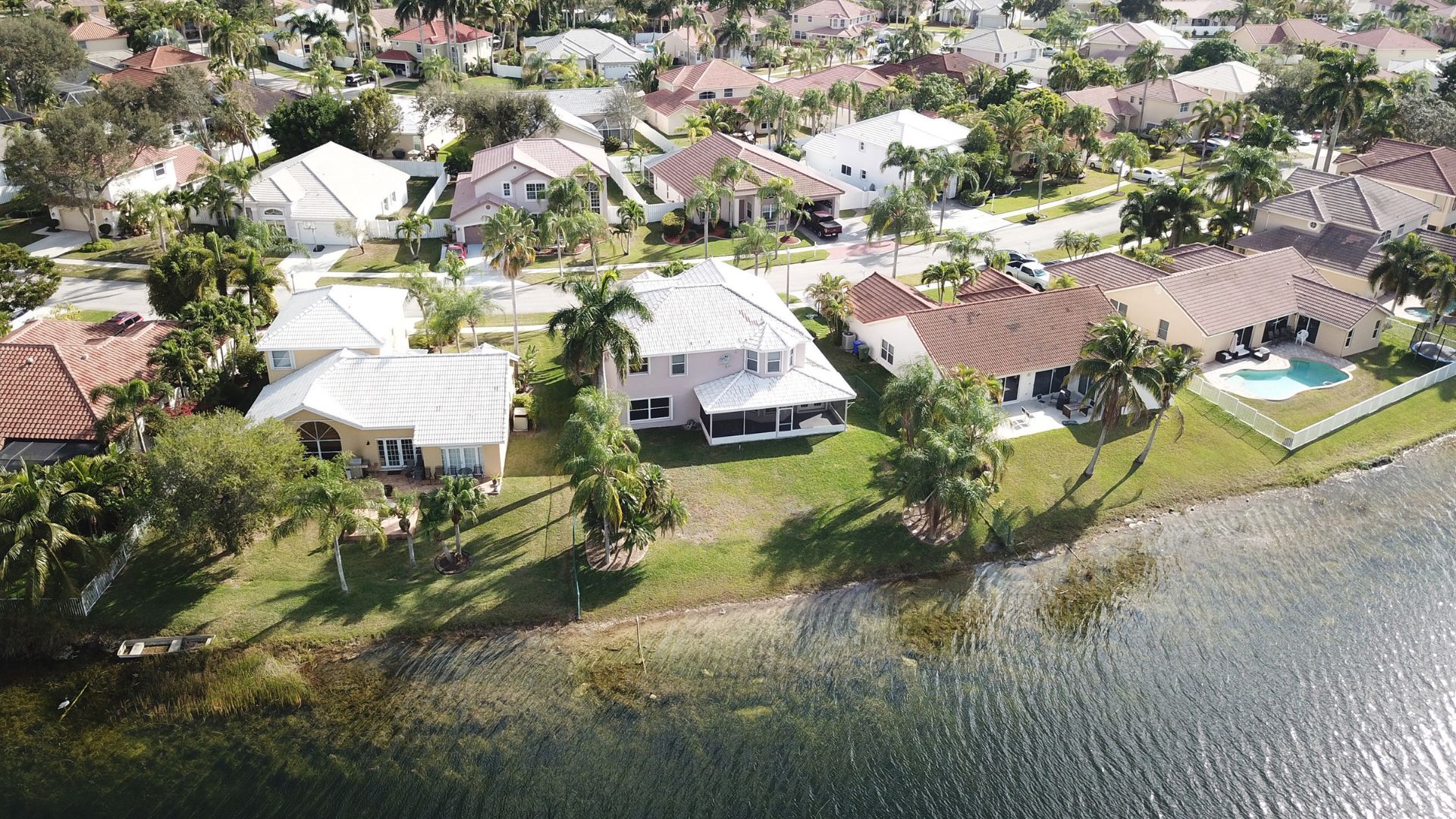Over one-fourth of U.S. homeowners are ‘house poor,’ research shows
An increasing number of U.S. homeowners are putting more than 30% of their monthly income toward housing costs, meaning that these homeowners are in the category of “house poor,” according to new research from real estate product research company Chamber of Commerce.
“The ‘30% rule’ is a popular standard for budgeting, which advises homeowners to avoid spending more than 30% of their income on housing expenses,” the report states. “But for many homeowners, it’s not an easy rule to follow. These cost-burdened homeowners have found themselves facing budget-busting housing expenses such as monthly mortgage payments, property taxes, homeowners insurance and utilities.”
The organization examined monthly housing costs and median household income for roughly 9 million U.S. households using data from the U.S. Census Bureau. According to its findings, homeowners living beyond their means are most concentrated in Los Angeles, Miami and New York City.
When it comes to individual states, the largest share of residents in the “house poor” category are concentrated in Florida and California. Among the top 30 cities, six are in Florida and 14 are in California.
Nationwide, about 27.4% of homeowners — or more than a quarter — fall into the “house poor” category, according to the data.
“Overall, 21% of cost-burdened homeowners have a household income of less than $75,000,” the report states. “However, the number of cost-burdened homeowners living in the Miami metropolitan area far exceeds the national average. Overall, nearly 60% of homeowners living in Hialeah, Florida are living beyond their means, according to the Census.”
The reference to being “house poor” is not associated with home equity levels. The reverse mortgage industry often characterizes certain elements of its client base as being “house rich and cash poor,” meaning that equity that is able to be extracted from a home via a reverse mortgage product exceeds the amount of liquid cash a borrower may have access to.
While senior equity levels remain elevated, recent data from the National Reverse Mortgage Lenders Association (NRMLA) and RiskSpan showed that home prices for the senior cohort remained flat. Higher housing costs caused collective equity levels to drop slightly, according to Q1 2023 data.
Have A Question?
Use the form below and we will give your our expert answers!
Reverse Mortgage Ask A Question
Start Your Loan
with DDA todayYour local Mortgage Broker
Mortgage Broker Largo See our Reviews
Looking for more details? Listen to our extended podcast!
Check out our other helpful videos to learn more about credit and residential mortgages.





